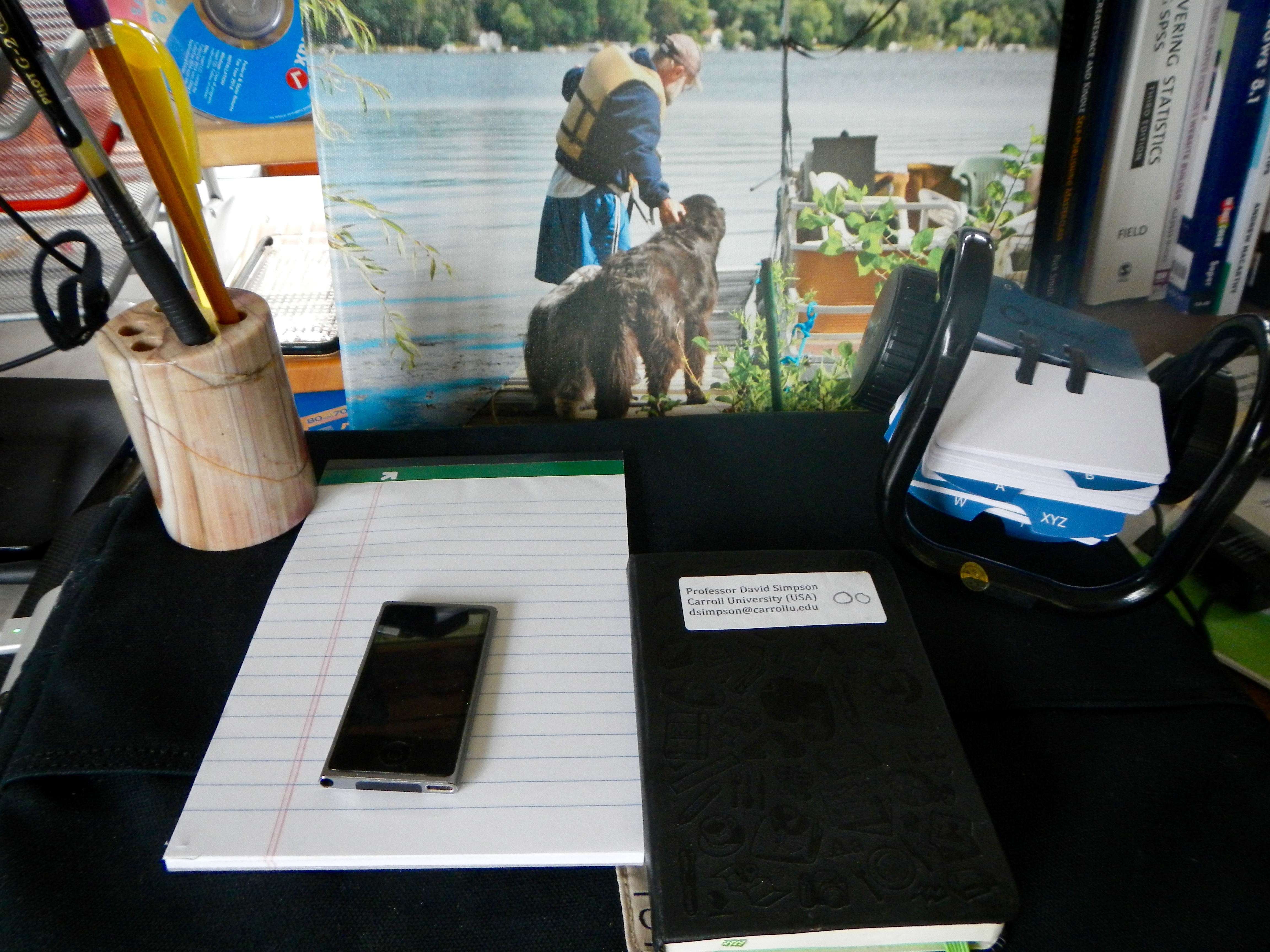 I confess that I am addicted to buying office and school supplies and have been since I was a first-grader. With the beginning of classes imminent (and the deadline for Jane Hart’s top tools for learning survey on the horizon), it’s time to go to revisit my
I confess that I am addicted to buying office and school supplies and have been since I was a first-grader. With the beginning of classes imminent (and the deadline for Jane Hart’s top tools for learning survey on the horizon), it’s time to go to revisit my school toolbox. See Profhacker (and do a search for “tools”) for the preferred tools of younger and more digitally oriented colleagues.
Here are my top 10 tools NONTECHNOLOGY learning tools for razing the bars (homophone intended—in fact I toyed with the idea of writing this blog piece entirely in homophones AND publishing an audio version!)—i.e. for liberating the potential of students and of me from barriers that impede learning:
- An assortment of number two pencils, plenty of erasers and some G2 bold thickness pens. (Yes, I COULD use a stylus with my Ipads).
- An assortment of high lighters. Yes, I am aware of the research about the efficacy of highlighting for studying.
- Moleskin-like notebooks. (Yes, I am aware of the online capabilities.)
- Small legal pads at each of my desks at home and at school.
- My Ipod nano and my Loksak splashsak fanny pack (like to listen to NPR and podcasts)
- A Dymo label maker and an assortment of paper file folders.
- A rolodex for keeping track of my myriad different web page and email logins
- Printed copies of books. See my PsycCRITIQUES review “Lego ergo sum”.
- Time protected against distractions, interruptions, and distractions. I prefer to use self-discipline to using electronic defenses against distractions.
- My mind (whose thinking ability is always in need of sharpening). Fortunately I have frequent stimulating interactions with faculty colleagues, trustee friends, alumni, and students—and you, my non RSS reader.





















